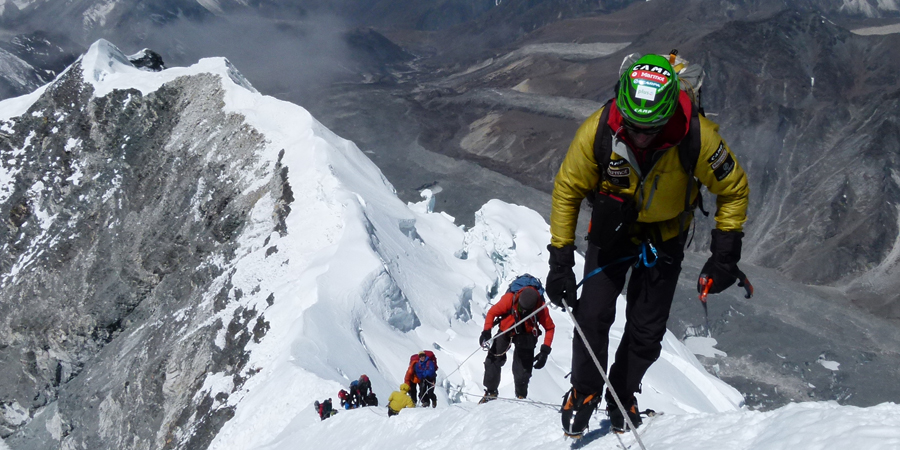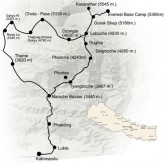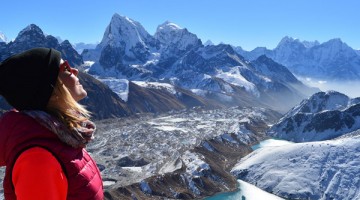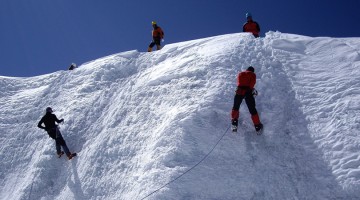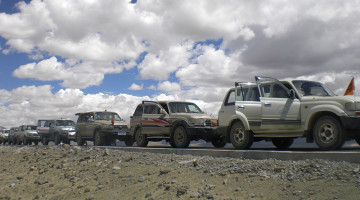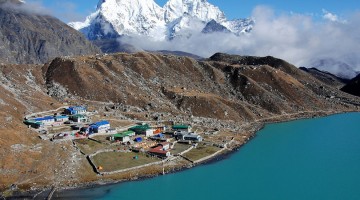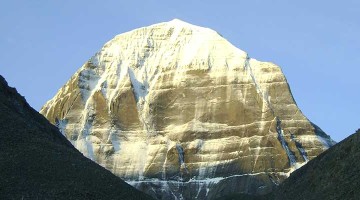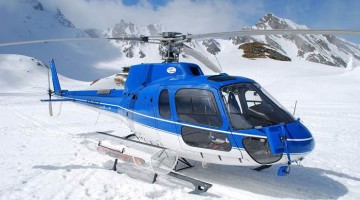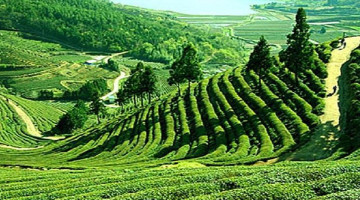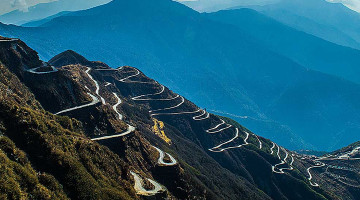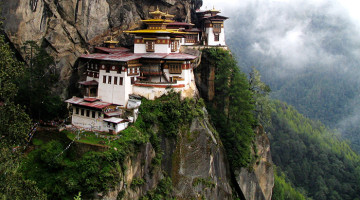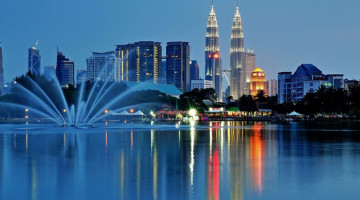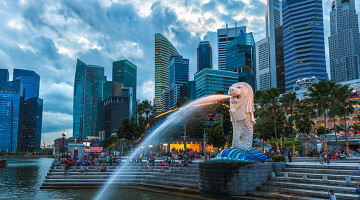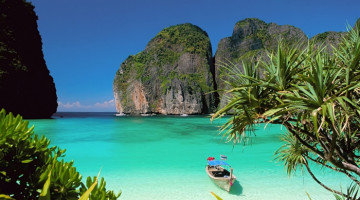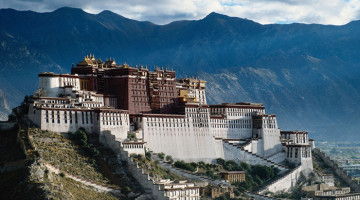Outline Itinerary
1Day 1
Day 1: Arrival in Kathmandu (1,295 m/4,273 ft.)
Arriving in Tribhuwan International Airport (TIA), with hospitality manner airport representative greet you. Transfer to the hotel. Stay overnight on B/B basis.
2Day 2
Day 2: Visit world heritage sites in Kathmandu
Full day Kathmandu sight seeing (world heritages sites) - Kathmandu Durbar Square, Boudhanath stupa and pashupatinath temple by private car. Stay at same hotel on B/B basis.
3Day 3
Day 3: Fly to Lukla and trek to Chutanga
this morning you will be transferred to domestic airport and fly to Lukla (2,800m/9,186ft). It takes 40 minutes scenic flight up to small airstrip to Tenjin-Hillary airport to Lukla and experience your first breakfasts in the mountains whilst the organizes porters, while the guide sort and divide the load baggage to be carried by porters. We start our trek further an easy day through the woodland above Lukla. A good trail leads through pasture to the edge of a diminishing forest of rhododendron and pine which clothes the steep hillsides above Lukla. We make steady progress on a good trail, crossing ridges and streams up to kharka used for grazing yaks. we reach Chutanga (3,450m/11,320ft) 4/5 hours walking and stay there overnight at tent on FB basis.
4Day 4
Day 4: Acclimatization day
This morning after a breakfast at the camp we will have full day leisure at camp or spend a day walking up to a small grassy peak below the Zatra Teng Pass reaching an altitude of (4000m/13,120ft). There are excellent views out over the valley of the Dudh (milk) Kosi (river), and also views of our route towards the Zatrwa La. We stroll back to our camp at Chutanga for the overnight on FB basis.
5Day 5
Day 5: Chutang-Tuli Kharka via Zatrwa La pass
After a rest/acclimatization day at Chutanga we continue a long day walk around 6-7 hours crossing the Kalo Himal Ridge that separates the Khumbu from the Hinku valley that lead across this ridge is the Zatrwa La (4,600m/15,093ft), traversing to the right and finally descending steeply to Tuli Kharka (big pasture) where there are several basic lodges. We make camp beside the lodges at 4250m/13,944ft. Remainder time rest and relax at the camp after a long walk. Stay there overnight at tent on FB basis.
6Day 6
Day 6: Tuli Kharka- Gothey
Today, after a breakfast we continue our journey descending to Hinku valley of Gothey (3600m/11,812ft.)5/6 hours walking. Gothey is a good place to camp and there are several teahouses around and you can visit the local people and watch the local lifestyle in the remaining time and we will camp near by the teashops and stay overnight there on FB basis.
7Day 7
Day 7: Gothey-Thagnag
The following day is another short day as you trek in the shadow of Mera Himal along the ridge of the Hinku Khola. The west bank of the Hinku Drangka northwards, we will take lunch at Gondishung, a summer herders settlement. Beyond Gondishung we pass a 200 year-old Gompa built beneath a massive boulder, to burn some juniper at the shrine, an offering that just might ensure a successful ascent of Mera Peak. Thagnag is a summer grazing area with the simplest of lodges and shops starting to develop. We stay there overnight at tent on FB basis at Thagnag(4350m/14272ft.) 5 hours walking.
8Day 8
Day 8: Acclimatization day
Another an acclimatization day is essential here. It is in a superb setting surrounded by stunning peaks. There is a huge moraine in the north of Tangnag where a beautiful glacial lake, Sabal Tsho is dammed which is definitely worth a visit. A cairn (5,270m/17,290ft) on the flanks of Kusum Kangguru can also be rewarding and beneficial for acclimatization. Stay at same camp overnight on FB basis.
9Day 9
Day 9: Thagnag-Khare
Today we are heading up from Tagnag towards the Mera Base camp at Khare. We follow the lateral moraine of Dig Glacier to Dig Kharka, which offers spectacular views of Charpate Himal. The trail climbs through moraines and to the snout of the Hinku Nup and Shar Glaciers and then climbs more steeply to your camping spot at Khare (5,025m/16,486ft) 3/4 hours walking. Stay there overnight at tent on FB basis.
10Day 10
Day 10: Ice climbing practice near Khare
This morning after a breakfast, we prepare our gear for ice climbing just above the Khare and need to walk couple of hours from where there are good views of the Mera La and the route up the mountain. This will also be a time for practicing few hours Ice climbing and our leader will teach you and instruct about the climbing. After few hrs practicing at glacier, stroll back to camp and final preparation of our equipment and packing of our mountain bags and stay overnight there at tent on FB basis.
11Day 11
Day 11: Khare-Mera La
A very short trek allowing for as much acclimatization time and a day walk as you make your way to Mera Base Camp. We first climb to the crest of the moraine above Khare and then up a steep slope of snow to reach a boulder strewn bowl below the lower tongue of the Mera Glacier. Reaching the pass Mera La (5,415m/17,766ft) allows us to see spectacular views; we then descend 100m (328ft) towards the Hongu side and set up base camp in the moraine below the ice and we stay at Mera Base Camp (5,350m/17,552ft) overnight at tent on FB basis.
12Day 12
Day 12: Climb to Mera high camp
Making your way to Mera High Camp can be hazardous if it has recently snowed, as there are a number of crevasses here. You make your way to the top of the rock band, which is marked by a large cairn. You set up a high camp and from here the views are outstanding, with Everest, Makalu, Cho Oyu and more piercing the skyline. This evening we stay overnight in Mera High Camp (5,750m/18,865ft) 3/4 hours walking at tent on FB basis.
13Day 13
Day 13: Summit day and descend to Khare
This is a big day, we wake up at 2.30 am around and after a breakfast, the group will put on crampons and rope up before setting out for the summit. From the high camp a well acclimatized party will take 3 - 4 hours to the central summit of Mera peak. If time and conditions permit we may opt to make the traverse to the slightly higher north summit. This excursion adds 2 -3 hours to the day is of a more technical nature than the rest of the climb and the decision as to whether we attempt this will be taken by the trip leader. From the summit can be seen the magnificent views of Mt. Everest (8,848m/29,029ft), Cho-Oyu (8,201m/26,906ft), Lhotse (8,516m/27,940ft), Makalu (8,463m/27,766ft), Kangchenjunga (8,586m/28,169ft), Nuptse (7,855m/25,770ft), Lubuche (6,145m/20,160ft), Chamlang (7,319m/24,013ft) are spectacular from the summit. You then retrace your steps to Khare after the climb with a rest and some hot soup at high camp on the way down. A long but inspirational day!
14Day 14
Day 14: A spare Summit attempt day
This day we use to keep as a spare day, set aside in case we have to postpone the attempt on the peak because of bad weather or because some of the group have not yet acclimatized well enough to make the ascent. If already climb this day you can use for another Ice climbing day or spent one more night at village of Lukla.
15Day 15
Day 15: Khare- Gothey
After a great succeed of the expedition to Mt. Mera, we descend to Hinku valley to Gothey for our overnight stop at camp. Enjoy the evening with local wines or whatever you want to relax at the camp and stay overnight there at tent on FB basis.
16Day 16
Day 16: Gothey-Tuli Kharka
Today, we again climb up through the lush forest on the west side of the Hinku Valley to Tuli Kharka below the Zatwra La where we are staying overnight at tent on FB basis.
17Day 17
Day 17: Tuli Kharka- Lukla via crossing Zatrwa la
Today, we have a last day for the trek and we start to climb few hundred meters to the Zatrwa La top will be our last climb of the trip. After the top we descending up to Lukla village where we concludes the trekking part and this evening enjoy with crews at the last dinner at the mountain and stay overnight at tent on FB basis.
18Day 18
Day 18: Fly back to Kathmandu
In the morning, we rise early for breakfast, then walk to the airport. Before boarding the flight to Katmandu, you say goodbye to the porters and also goodbye to the mountains. The plane rolls down the short runway, then soars across the Dudh Kosi River and makes its way back to Katmandu. Stay overnight at the hotel at Thamel in kathmandeu on b/b basis.
19Day 19
Day 19: Leisure at Kathmandu
Today, after an expedition we rest and relax at the hotel and In the evening, you are cordially invited to a farewell dinner where you will experience typical Nepali food, cultural entertainment and enjoy the celebration with your guide and tour performer on courtesy. Stay overnight at same hotel on b/b basis.
20Day 20
Day 20: Departure
Himalayan Exodus provides you free transportation to Trivuwan international airport and departure to your home or other destination.
FootNote:
B/B = Bed and Breakfast, B = breakfast. L = Lunch, D = Dinner,
FB = Full board.( accommodation, breakfast, lunch, Dinner with tea/coffee).
M .= meter. f .= Feet, km =kilometre
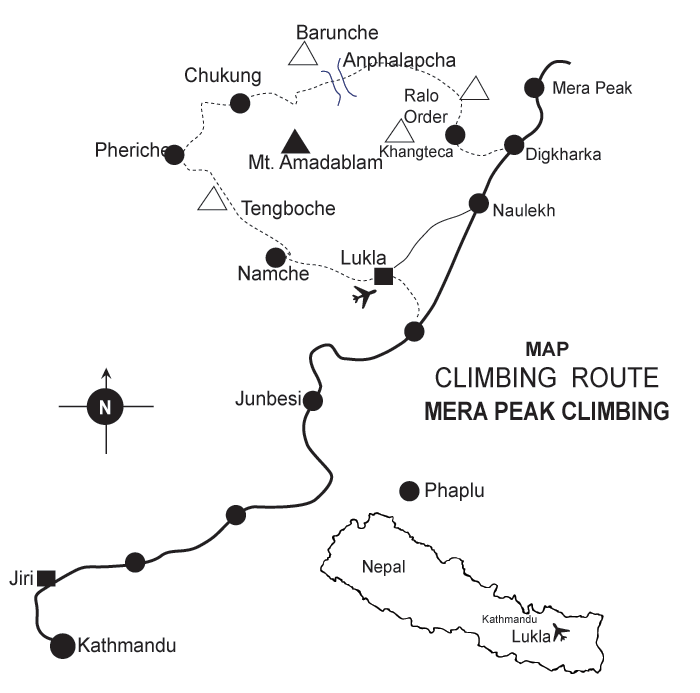
Description
The bulk of Mera, considered to be one of highest Nepal’s permitted trekking peaks, rise to the south of Everest and dominates the watershed between the wild and heavily waded valleys of the Hinku and Hongu Drangkas . Mera (Peak) is a chance to venture into a little visited and as yet unspoilt region of Nepal where the hillsides are still densely forested and a need to be self-sufficient is essential. There is also, of course, the pleasure of going above 21,000 feet. Both the Hongu and Hinku valleys remain uninhabited although there are Kharka in the Upper Hinku basin where Sherpa from the South, near Pangkongma, graze their animals during the grass- growing monsoon. The upper Hongu Basin is truly a mountain wilderness, a place of massive moraines, glacial lakes and spectacular peaks that include Charmlang and Baruntse.
Additionally, it offers some of the most amazing mountain landscape, pristine forest, and high altitude climbing in the world. We start this climb with a hair-raising flight into the small town of Lukla at 2,800 m (9,184 ft). From there it is a six-day trek, with plenty of acclimatization days to keep us fit at our ever-increasing altitude, through some of Nepal’s most pristine Rhododendron, oak, silver fir and birch forests, past beautiful alpine lakes, and finally up to the foot of Mera Glacier where well establish base camp. We will set up two more high camps, the first over 300 m above B.C. on the Mera Glacier, and the second after we cross the Mera crevasse field at 5,800 m. From here it is a steady and steep climb to reach the summit, with awe-inspiring views of Kanchenjunga and Makalu to the east, Everest and Lhotse to the north, and Ama Dablam and Cho Oyu to the west.

